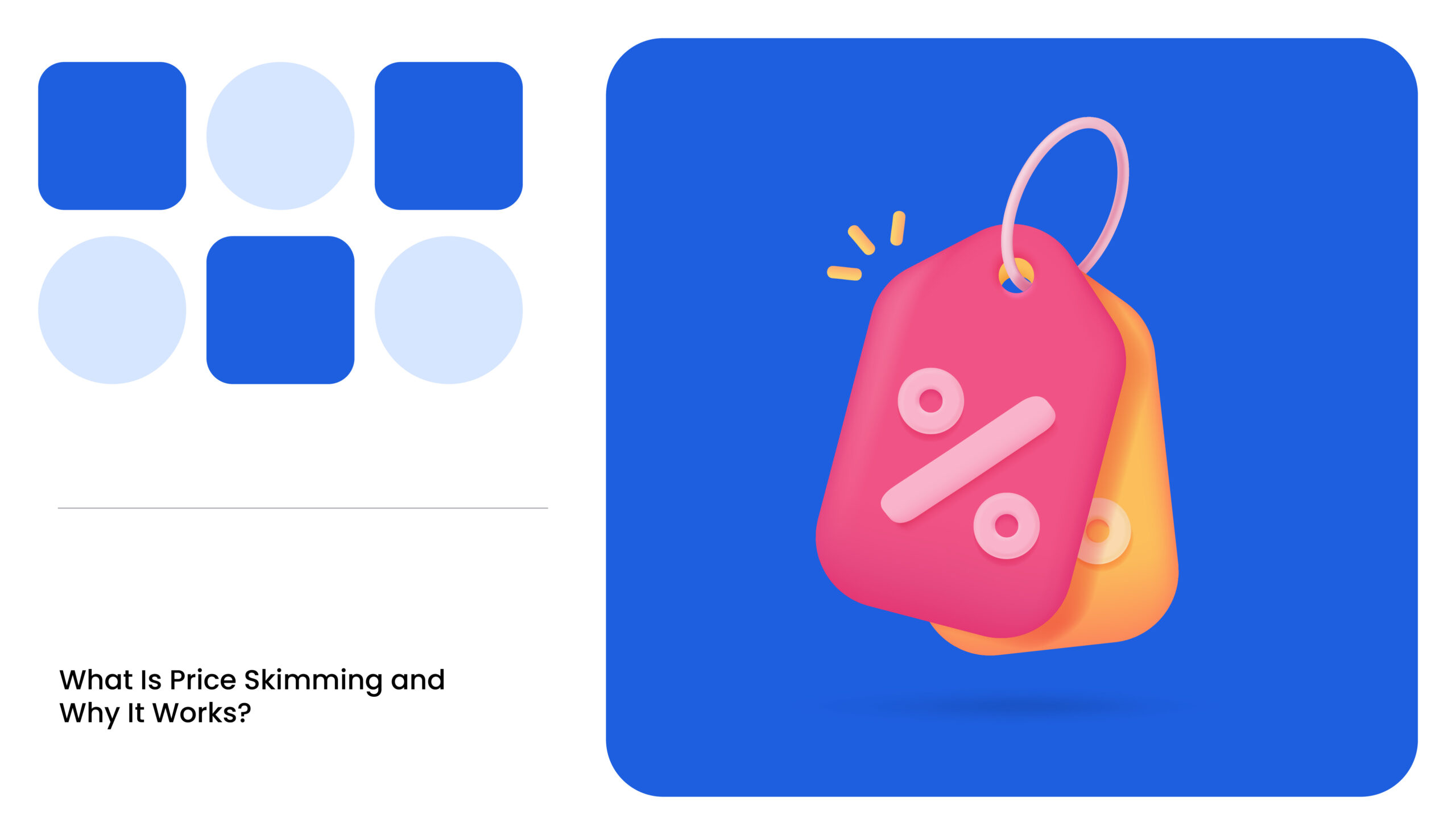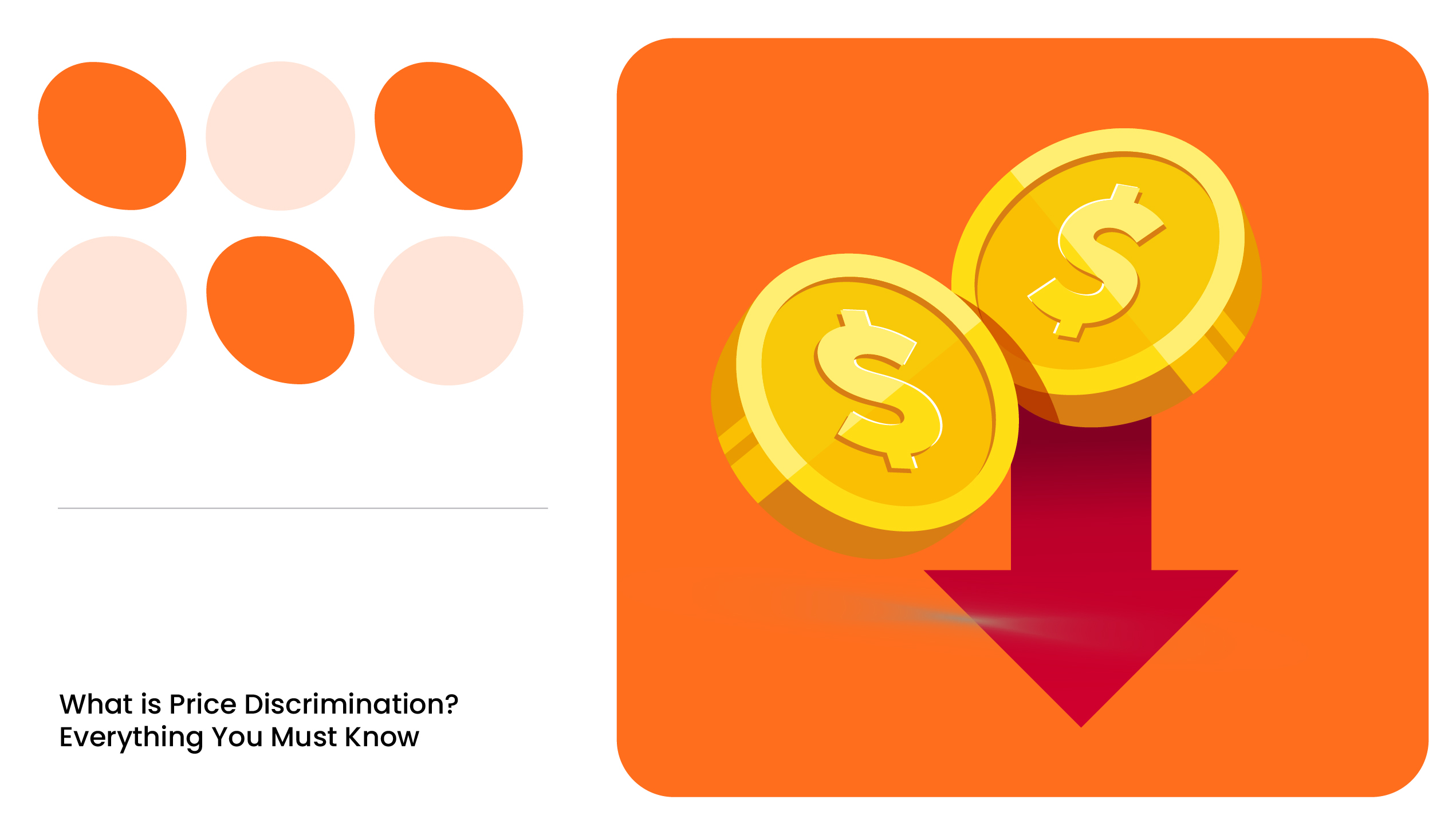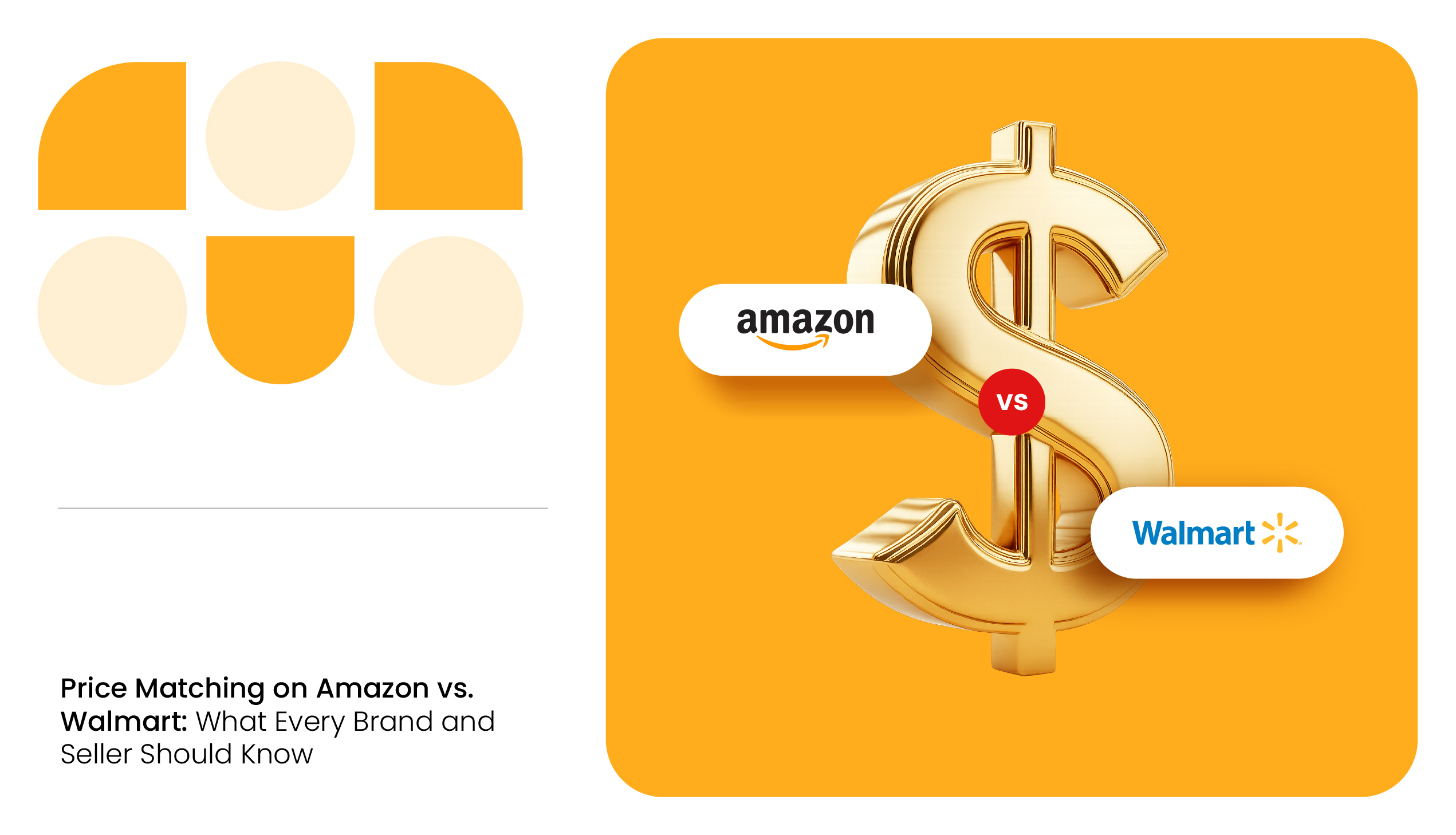If you’ve noticed how the latest Samsung Galaxy phone costs a premium at launch and then see the price slashed months later, you’ve already seen price skimming in action.
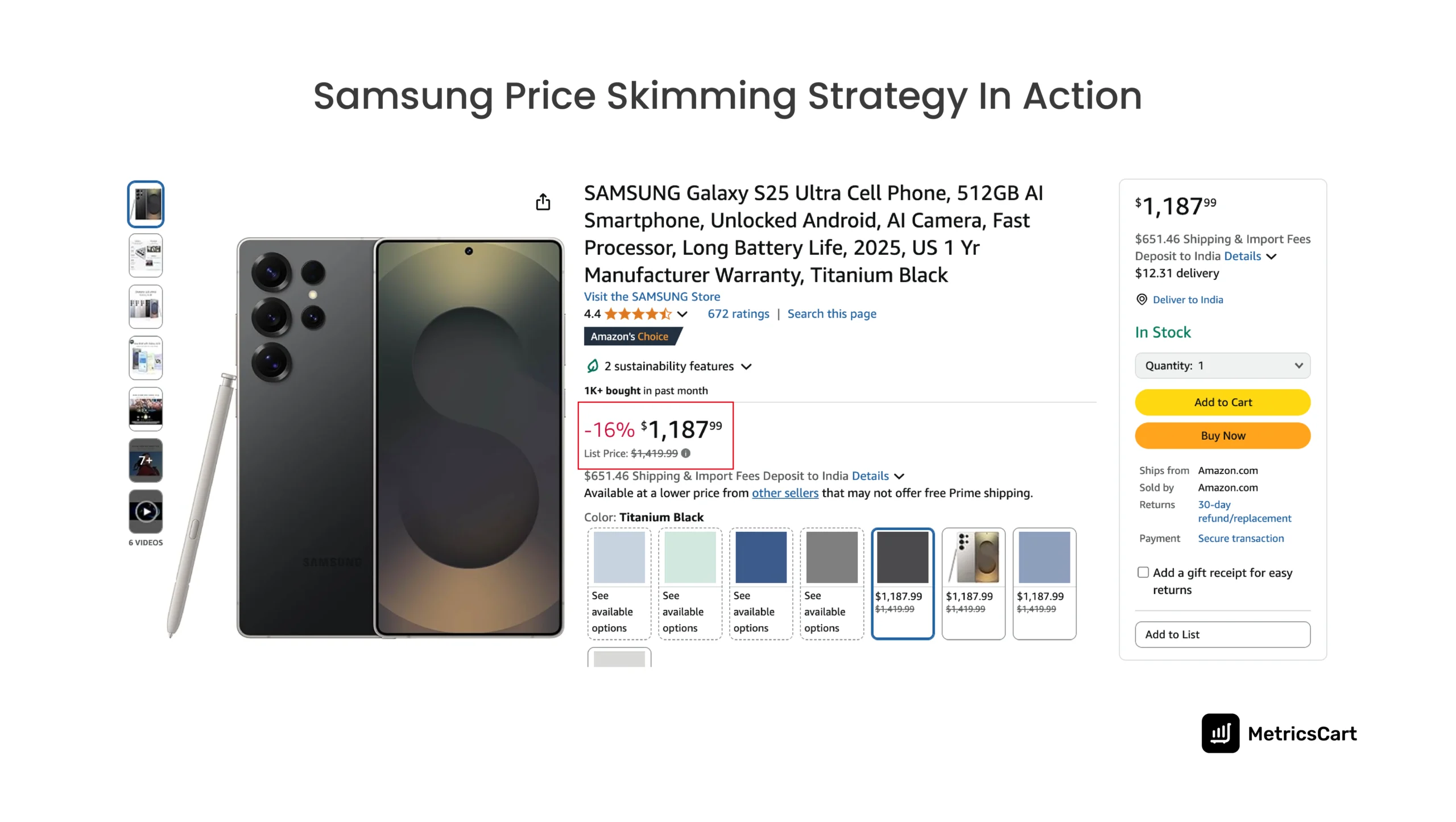
Let’s explore price skimming, how it works for businesses, and how it compares to other strategies like prestige pricing and penetration pricing.
What is Price Skimming?
Price skimming definition: It is a pricing strategy that charges the highest initial price that customers will pay and then lowers it over time. This approach (also called skim pricing) can maximize early profits and help recover your product development costs quickly.

Think of “skimming” like skimming cream off milk – you’re taking the richest, top layer of customers off first, then moving down to the next layers.
Unlike a penetration pricing strategy (where you start low to gain mass market share quickly), price skimming starts high to maximize initial profits before adjusting prices downward as needed.
It’s a strategy often used for new, innovative products or high-tech gadgets where there’s intense early demand and a segment of adventurous customers happy to pay more upfront.
It works best when your product has unique value or cutting-edge features, and you have limited competition at launch, often as a first mover in the market.
The idea is to maximize revenue while your product is hot and before competitors catch up. Once sales from early adopters cool off, you lower the price to tap into new customer segments and keep the sales momentum going
How Does Price Skimming Work?
Price skimming doesn’t happen all at once! It’s a multi-stage process that aligns with different customer adoption phases. Let’s walk through the stages and the types of customers at each phase:
Launch Stage: Innovators
At product launch, you set the highest price. Your target here is the innovators; those enthusiasts who must have the latest product right away.
These folks are risk-takers. They’ll buy at a premium, even pre-ordering unseen, just to be first in line. In return, you get to recoup R&D costs quickly and bank early profits.
Early Adoption Stage: Early Adopters
After the initial wave, you might drop the price slightly to entice the early adopters. These customers still love new tech and trends, but they’re a bit more discerning than the true innovators.
Many early adopters are willing to pay a high price for the bragging rights and FOMO (fear of missing out) that come with owning the hot new product.
They often help spread the word: think of those who post unboxing videos or show off new gadgets on social media. Capturing this segment at a high, but slightly lower price, continues to maximize margins while expanding your customer base.
Expansion Stage: Early Majority
Next, you tweak the price strategy skimming further to reach the early majority. These customers take a “wait-and-see” approach.
By now, they’ve seen reviews and maybe the novelty has worn off a bit, but a lower price can pull them in. The product is more mainstream at this point, and you’re trading a bit of margin for a lot more volume.
Lowering the price opens the doors to a bigger audience, boosting your market share while the product is still relatively new.
Maturity Stage: Late Majority and Laggards
Finally, as the product ages or new models are introduced, you adjust the price to its most affordable level. This attracts the late majority (very cautious buyers) and laggards who only buy once prices are rock-bottom.
By this stage, the goal is to clear the remaining inventory and squeeze out the last bit of volume. These customers are highly price-sensitive, so significant price cuts are necessary. At this point, the product may even be discounted or bundled to drive final sales before it is phased out.
In each stage, price skimming lets you “skim” off the next layer of the market. Early on, you capture the high-value customers, and later you capture price-sensitive customers, ensuring you don’t leave money on the table at either end.
It’s crucial to time these price drops correctly. If you wait too long to lower prices, you risk losing the later customers to competitors who have entered at lower prices.
READ MORE| What is the science behind psychological pricing? Check out Why $9.99 Feels Like a Steal Deal Over $10: Psychological Pricing Explained.
Price Skimming vs. Prestige Pricing vs. Penetration Pricing
How does price skimming compare to other pricing strategies like prestige pricing and penetration pricing? All three strategies involve pricing high or low relative to the competition, but they have different goals.
Let’s have a quick look at how these pricing strategies differ:
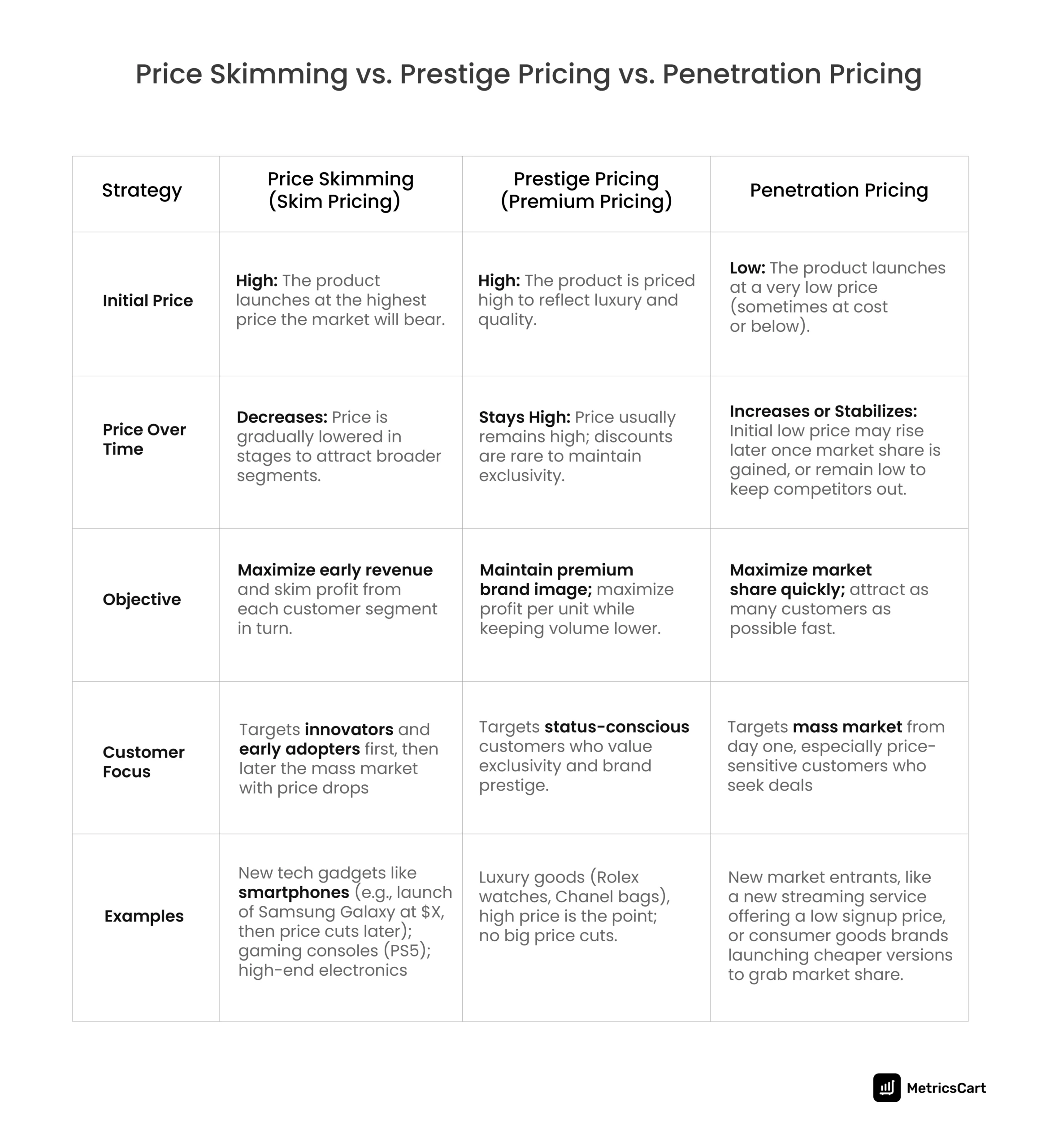
READ MORE| Want to know more about e-commerce pricing strategies? Check out Best Pricing Strategies for E-Commerce That Help Scale Business.
Advantages of Price Skimming
Why would a brand choose price strategy skimming? Here are some big advantages of this strategy:
Maximize Early Profits
Skimming lets you harvest high profit margins upfront when your product is new and exciting. Those initial sales at premium prices can quickly recover your research and development costs.
Simply put, you “cash in” on the hype. This can be crucial for brands that have invested heavily in innovation.
Perceived Quality and Brand Prestige
A higher launch price can signal that your product is top-notch or exclusive. Customers often associate high prices with high quality (think of how owning the newest iPhone or Galaxy can feel prestigious).
By skimming early, you build a premium brand image, your product becomes synonymous with prestige and cutting-edge quality, which can help justify high prices on future products as well.
Using pricing intelligence can help you monitor how competitors position their products and ensure your premium pricing aligns with market expectations.
Segmented Market Targeting
Price skimming naturally segments your market. You get to tap each layer of willingness-to-pay in order. Early adopters pay more; later buyers pay less.
This way, you capture consumer surplus at each stage instead of leaving money on the table. It’s an efficient way to reach both high-end and budget-conscious customers over the product’s life cycle.
Competitive Edge Early On
If you’re first to market with a novel product, skimming takes advantage of your temporary monopoly. While you’re the only one or one of the few offering this innovation, you can command a high price without immediate undercutting.
You lock in loyal customers before competitors arrive. By the time rivals launch their copycat products, you’ve already earned significant revenue and perhaps even built a community of enthusiasts around your brand.

Disadvantages of Price Skimming
Price skimming isn’t all upside. There are some potential drawbacks and risks to keep in mind:
Customer Frustration and Loyalty Risk
Early buyers might feel cheated when the price drops later. Nobody likes to pay $1000 for something only to see it at $700 a few months later.
If customers learn that your brand always slashes prices soon after launch, some will simply wait for the discount next time, which can erode brand loyalty.
A famous example was when Apple cut the iPhone’s price by a third just two months after release; loyal customers were so upset that CEO Steve Jobs issued an apology and a rebate.
Competitors May Undercut Your Prices
Those fat profit margins in the early phase can act like a beacon to competitors. If you’re making a profit with a high price, other brands will notice and jump into the market to get a piece of the action.
If you keep the price too high for too long, competitors with cheaper options will lure away the mainstream customers, and your sales can plummet. A competitor’s price slash might force you to cut prices sooner than planned, shortening the window in which price skimming works.
Not a Long-Term Strategy
Price skimming is generally a short-term tactic for the product launch phase. Over time, you have to adjust to the market price. Also, skimming might not work as well for follow-up products or sequels if the “early adopter” pool was already satisfied by the first product.
In other words, you can skim the cream only once per innovation; after that, you need new features or a new product to justify another round of skimming.
Best Practices for Implementing a Price Skimming Strategy
If you think price skimming might be right for your product, here are some best practices and tips to do it effectively:
- Ensure Your Product is Unique and In-Demand: Price skimming works best when your product is truly innovative and hard to replicate. Validate demand early to justify the premium launch price.
- Build Hype and Strong Brand Perception: Tease your launch, leverage influencers, and highlight exclusivity. The buzz must match the price to make buyers feel it’s worth it, especially to attract innovators and early adopters.
- Plan Your Price Drop Timeline: Set a clear roadmap for when and why you’ll lower prices. Tie reductions to sales milestones or product lifecycle stages. Use price monitoring tools like MetricsCart to track competitor pricing, spot market shifts, and time your price drops with precision.
- Monitor Competitors and Market Response: Keep an eye on rivals, track reviews closely, and use customer feedback analysis. Adjust pricing or positioning fast if a cheaper alternative shows up or customer sentiment shifts. With MetricsCart’s ratings and review tracking solution, you get real-time visibility into what customers love, hate, and demand, so you can adjust pricing and product positioning before it hits your bottom line.
- Communicate and Reward Loyalty: Avoid backlash by rewarding early adopters with perks, upgrades, or clear messaging. Make them feel valued, not tricked.
The Final Skim
So now that you know what is price skimming, it is clearly not just about setting a high price; it’s about knowing your market, timing your moves, and capturing every layer of value from launch to maturity.
If done right, it doesn’t just drive early revenue, it sets the tone for your brand and future launches. The key? Strategy backed by data, not guesswork.
MetricsCart gives you the digital shelf visibility and real-time pricing insights you need to execute price skimming with confidence. Monitor competitors, track price changes, and optimize every phase of your product’s pricing lifecycle. Ready to outsmart the market? Let’s talk.
Ready To Scale Your Brand and Drive Results? Unlock Your E-Commerce Potential Today!
FAQs
Price skimming is a strategy in which a product is launched at a high price and gradually reduced over time to attract new customer segments.
Samsung’s Galaxy phones, Apple’s iPhones, PlayStation consoles, and Nike’s limited sneaker drops are all strong examples.
Price skimming is not a bad strategy but it can alienate price-sensitive buyers and frustrate early adopters if prices drop too quickly.
Nike releases premium-priced limited editions first, then lowers prices or launches mass versions to reach wider audiences.
No, price skimming is a legal and widely used pricing strategy across tech, fashion, and consumer products.

